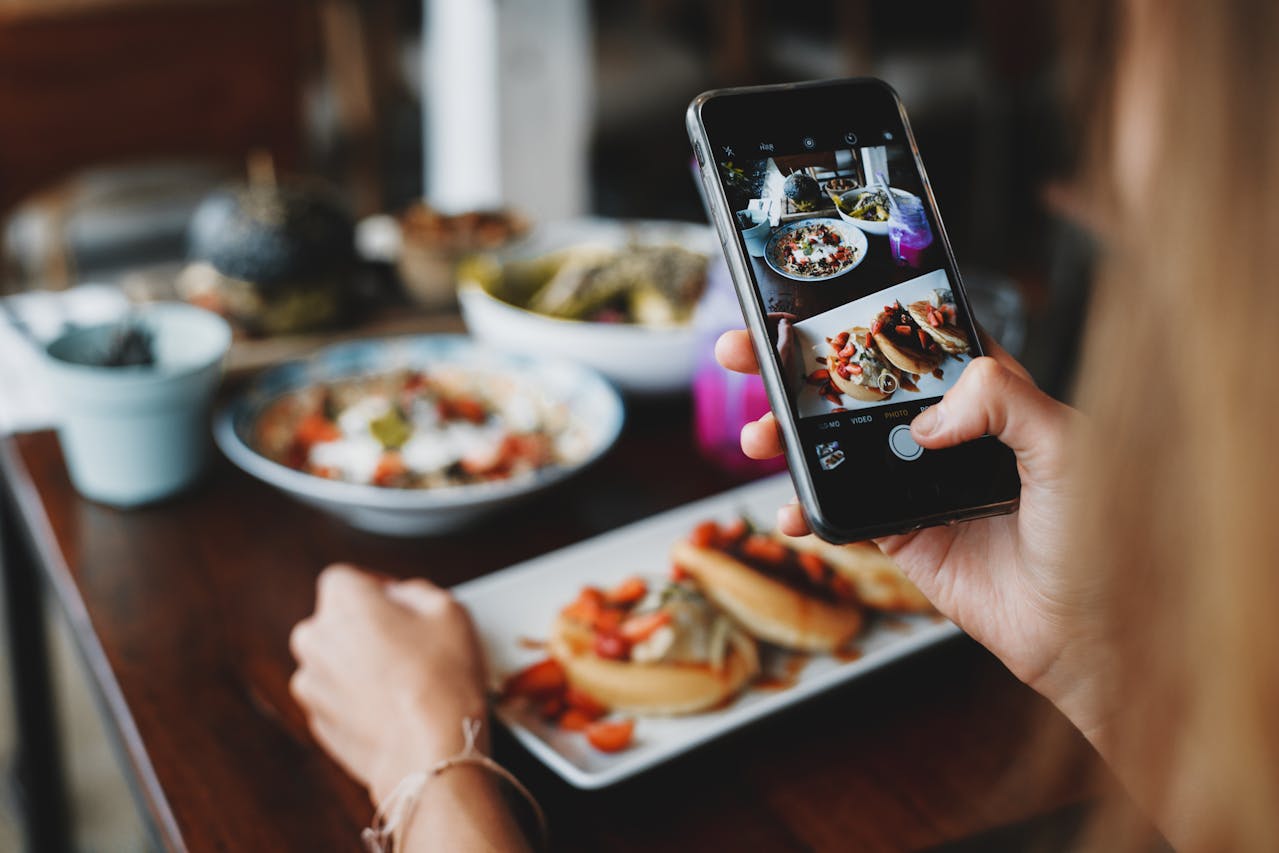As a new restaurant owner, one of the crucial things that you should do is create a strong online presence. In today’s digital era, social media has become a powerful tool for businesses, especially in the food and beverage industry. It allows you to reach a wide audience, engage directly with your customers, and showcase your offerings effectively. But how exactly can you leverage these platforms? Let’s explore this in more detail.
Harnessing the Power of Instagram
Instagram has become one of the most popular social media platforms today. With its visual-centric approach, it’s an ideal platform for restaurants to share mouthwatering photos and videos of their food, enticing potential customers to visit.
This might interest you : How do you effectively handle customer complaints in a fine dining setting?
To make the most out of Instagram, you need to create a well-curated feed. High-quality photos are a must. Your photos should not just be appealing, but they should tell a story. Show the preparation process, highlight your best dishes, and even share a glimpse of your restaurant’s ambiance. These visuals will help create an appealing brand image for your restaurant.
In addition, you can utilize Instagram’s features such as Stories and IGTV. Stories are perfect for sharing quick updates, behind-the-scenes content, and even promotions. IGTV, on the other hand, is great for longer videos. For example, you can share a cooking demonstration or a tour of your restaurant.
Also to discover : What are the best practices for rotating beer taps in a craft beer bar?
Remember to use hashtags effectively to reach a wider audience. Instagram allows up to 30 hashtags per post, but using between 5 to 9 hashtags is typically seen as the sweet spot. Make sure to use relevant and popular hashtags to increase your visibility.
Building a Presence on Facebook
Facebook is another platform that you should not overlook. It’s not just a platform for connecting with friends, but also a powerful tool for businesses. With a large user base, it presents enormous potential to reach a broad audience.
One of the best ways to utilize Facebook is by creating a business page for your restaurant. This page serves as your digital storefront, where you can post updates, share photos, and even accept reservations. You can also engage with your customers through comments, likes, and shares. Regularly responding to comments and messages helps build a relationship with your audience and shows that you value their feedback.
Facebook also offers a feature called "Facebook Ads". This is a paid service that allows you to target specific demographics, such as people who live near your restaurant or those who have expressed interest in similar businesses. This is an effective way to reach potential customers and drive them to your restaurant.
Creating Engaging Content
Creating engaging content is key to successful social media marketing. But what does engaging content look like?
Firstly, it is content that resonates with your audience. This could be a beautiful photo of your dish, a video showing the preparation process, or a post about the story behind your restaurant. By sharing such content, you’re not just promoting your food, but also giving your audience a reason to care about your brand.
Secondly, engaging content encourages interaction. Ask questions, encourage your audience to share their experiences, or even run contests. The more your audience interacts with your content, the more it will be seen by others.
Lastly, consistency is key. Creating a content calendar can help you plan your posts and ensure you’re regularly sharing varied and interesting content.
Leveraging Influencer Marketing
Influencer marketing is another effective way to promote your restaurant on social media. This involves partnering with influencers – individuals with a large following and credibility on social media. They can help you reach a wider audience and enhance your brand’s reputation.
When choosing influencers, consider their audience. Their followers should be people who are likely to be interested in your restaurant. You also want to work with influencers who have a genuine passion for food and can create compelling content about your restaurant.
Influencer partnerships can take various forms. You can invite them to dine in your restaurant in exchange for a review, host an event where influencers are invited, or collaborate on creating content about your restaurant.
While leveraging social media to promote a new restaurant opening may seem challenging, it’s a valuable tool that can significantly impact your restaurant’s success. By harnessing Instagram and Facebook, creating engaging content, and leveraging influencer marketing, you’re on your way to creating a significant online presence and attracting more customers to your establishment. Remember, it’s not just about promoting your restaurant, but also about building relationships with your audience and creating a brand that people love and support.
Optimizing Social Media Platforms
Capitalize on the power of social media platforms to boost your restaurant’s visibility and reach potential customers. Apart from Instagram and Facebook, there are numerous other platforms like Twitter, Pinterest, LinkedIn, and even TikTok that can be used to promote your restaurant.
Twitter, with its real-time updates and trending hashtags, can be a powerful tool for restaurant marketing. You can use it to share announcements, offer discounts, and engage with your followers. It’s a great platform for starting conversations and interacting with your followers in a more informal and personal way.
Pinterest, on the other hand, is a platform where users come for inspiration – from recipes to interior design. High-quality photos of your dishes or your restaurant’s interior could inspire others and attract them to your restaurant.
LinkedIn is a more professional platform, but it shouldn’t be overlooked. Use it to share industry-related content, updates about your restaurant and even to attract top talent to work for your restaurant.
Lastly, TikTok has exploded in popularity, especially among younger audiences. This platform allows you to create fun, engaging, and casual short videos. Showcase your creativity by making a behind-the-scenes video or a time-lapse video of a dish being prepared.
Remember to tailor your content to suit the audience of each platform. What works on Instagram might not work on LinkedIn, and vice versa. By optimizing your use of different social media platforms, you can tap into a wider target audience, thereby expanding your restaurant’s reach.
Creating User-Generated Content
User-generated content (UGC) is a highly effective media strategy that restaurants can use to create authenticity and build trust. This involves encouraging your customers to share their experiences at your restaurant on their social media accounts.
Customers are more likely to trust content created by other customers. A beautiful photo or a positive review from a satisfied customer can be more impactful than any self-promotion. Encourage your customers to tag your restaurant in their photos or use a specific hashtag. You can then share these posts on your own account, giving credit to the original poster.
UGC not only provides you with free content but also helps to create a sense of community. It makes your customers feel valued and engaged, and they’ll be more likely to become repeat customers.
Hosting a photo contest is a fun way to generate UGC. You can ask your customers to post a photo of their favorite dish from your restaurant, and the photo with the most likes could win a free meal. This not only creates engaging content but also encourages more people to visit your restaurant.
Conclusion
Promoting a new restaurant opening via social media is a strategic way to garner attention and attract customers. It’s about building a strong online presence, engaging with your audience, and creating a brand that resonates with people.
Leverage the power of platforms like Instagram and Facebook, but don’t ignore others like Twitter, Pinterest, LinkedIn, and TikTok. Create engaging content that tells a story and resonates with your audience. And don’t forget the power of user-generated content. Encourage your customers to share their experiences and create a sense of community.
Remember, restaurant social media marketing is not a one-time effort but a continuous process. Be consistent, be responsive, and always keep up with the latest social media trends. With the right approach, you’ll not only promote your restaurant but also create a loyal customer base.






